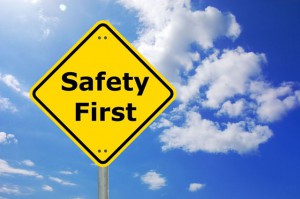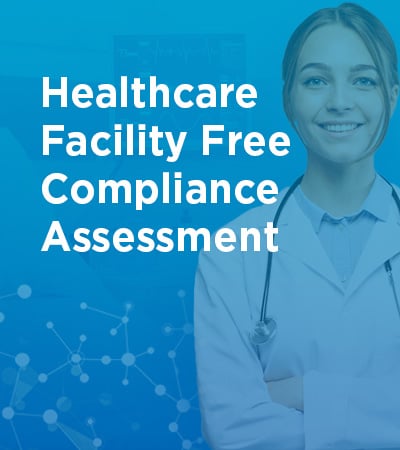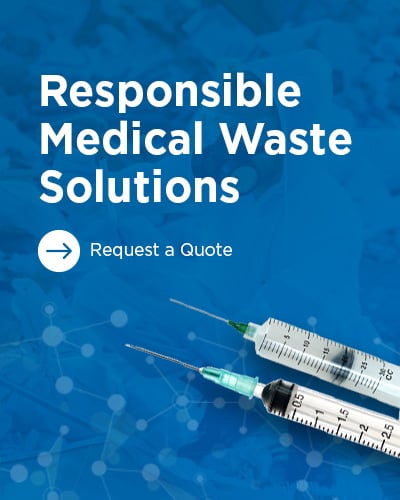 Introduction
Introduction
While all healthcare offices strive to create a safe working environment for both staff and patients alike, accidents do occasionally occur. The greatest risk of occupational exposure to bloodborne pathogens comes from accidental percutaneous (through the skin) injuries involving sharps. The CDC estimates that approximately 600,000 injuries from accidental needle sticks occur each year.
1). More specifically, 40% of injuries occur after use and before disposal of sharp devices while 41% occur during the use of sharps devices on patients. Costs associated with post-exposure treatment of a healthcare person receiving a needle stick injury are as high as $5,000 depending on the treatment provided (2).
There are many ways to prevent exposure risks but the overall strategy recommended by the National Institute for Occupational Safety and Health (NIOSH) is to develop a “Culture of Safety”. This refers to adopting the right attitudes and behaviors in the office that prioritize safety as a primary function in the office. After working in the healthcare industry for almost 10 years, it’s safe to say that even though the facilities I have come in contact with understood the principles of safety and had the best intentions, they unfortunately fell short when internal evaluations were made.
Steps
In CDC’s recommendation, they outline the following steps for employers to take in order to establish this culture by (3):
- Providing an adequate supply of resources
- Engaging worker participation in safety planning
- Making available appropriate safety devices and protective equipment
- Introducing workers to a safety culture when they are first hired
- Identifying and removing sharps injury hazards
- Developing feedback systems to communicate safety (e.g., newsletters, bulletin boards, brochures, meeting agendas, rewards for identifying dangerous situations, celebrations for success and improvements)
- Promoting individual accountability (e.g., assess safety compliance, have staff sign a pledge to promote safety)
- Measuring improvements in safety (e.g., before-and-after survey of staff perception of safety in the office, sharps injury reports)
Conclusion
By implementing these safety initiatives, you can greatly enhance patient and staff well-being. If you have any questions regarding compliance or inter-office safety, don’t hesitate to give us a call at 877-765-3030 or visit the PureWay Store. We specialize in providing a complete and customized compliance solution, which includes all related products to maintain OSHA and Infection Control Compliance.


Citations
- http://nursingworld.org/MainMenuCategories/ANAMarketplace/Factsheets-and-Toolkits/Fact-Sheet.pdf
- http://www.cdc.gov/sharpssafety/pdf/workbookcomplete.pdf
- Miller, Chris H., and Charles John. Palenik. “Preventing Sharps Injures.” Infection Control and Management of Hazardous Materials for the Dental Team. 5th ed. St. Louis, MO: Elsevier Mosby, 2014. 199. Print.





